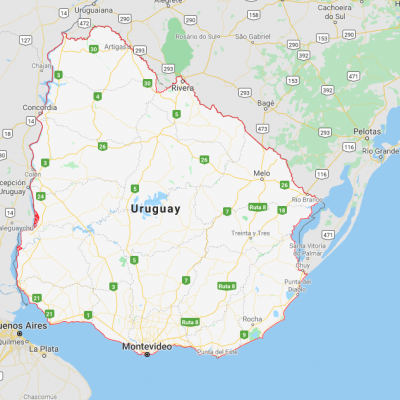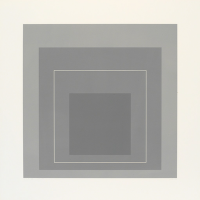
Uruguay
Contemporary Art in Uruguay is a dynamic and evolving field, reflecting the country's rich cultural heritage and innovative spirit. Uruguayan artists, through various mediums such as painting, sculpture, and digital art, explore themes ranging from political commentary to social issues and personal experiences. Institutions like the National Museum of Visual Arts in Montevideo have been instrumental in fostering this growth. Uruguayan contemporary art, thus, serves as a powerful platform for dialogue and expression, pushing boundaries and challenging conventions.
Map data ©2020 Google- Show All
- Established
- Discoveries
ARTWORKS RELATED TO URUGUAY

A mobile is a type of kinetic sculpture consisting of an ensemble of balanced parts that hang freely and move independently or as a whole when influenced by air currents or touch. Typically made of wire and colorful metal shapes, mobiles are designed to create dynamic visual effects through their motion.

Concrete Art is an art movement founded by the Dutch artist Theo van Doesburg in the 1930s. The movement emphasizes pure abstraction, focusing on geometric shapes and colors without any reference to the natural world or symbolic meaning. Unlike other forms of abstract art, Concrete Art is entirely non-representational and is based on mathematical principles and precise execution. It aims to create universal, timeless works by using simple, clear forms that emphasize objectivity and clarity.










